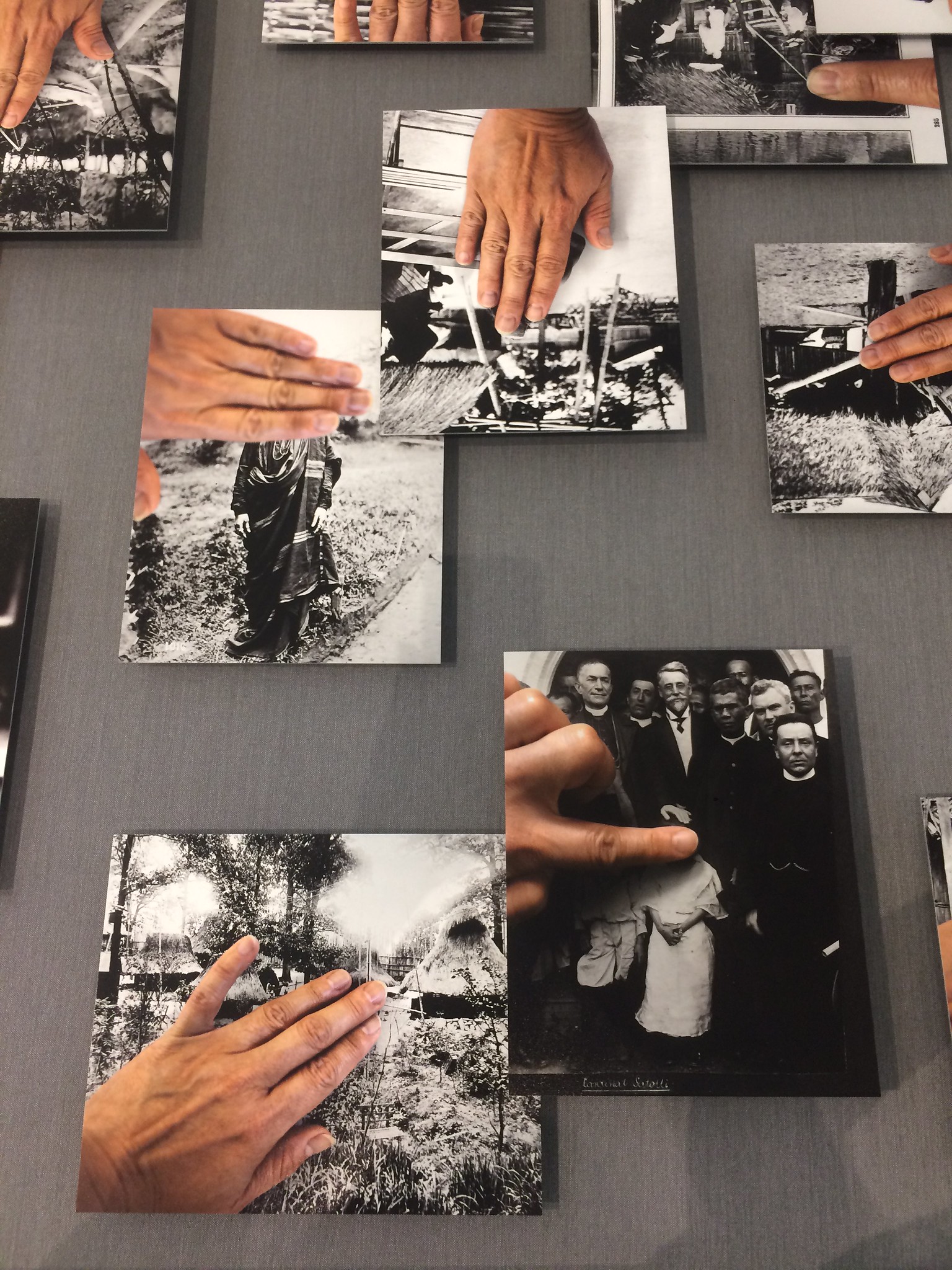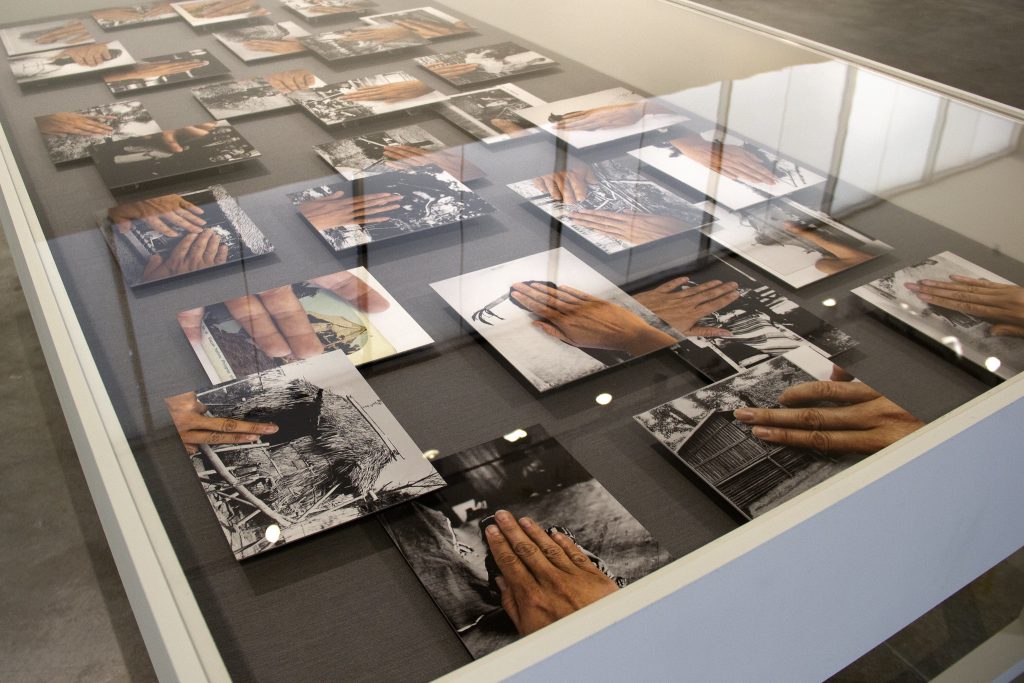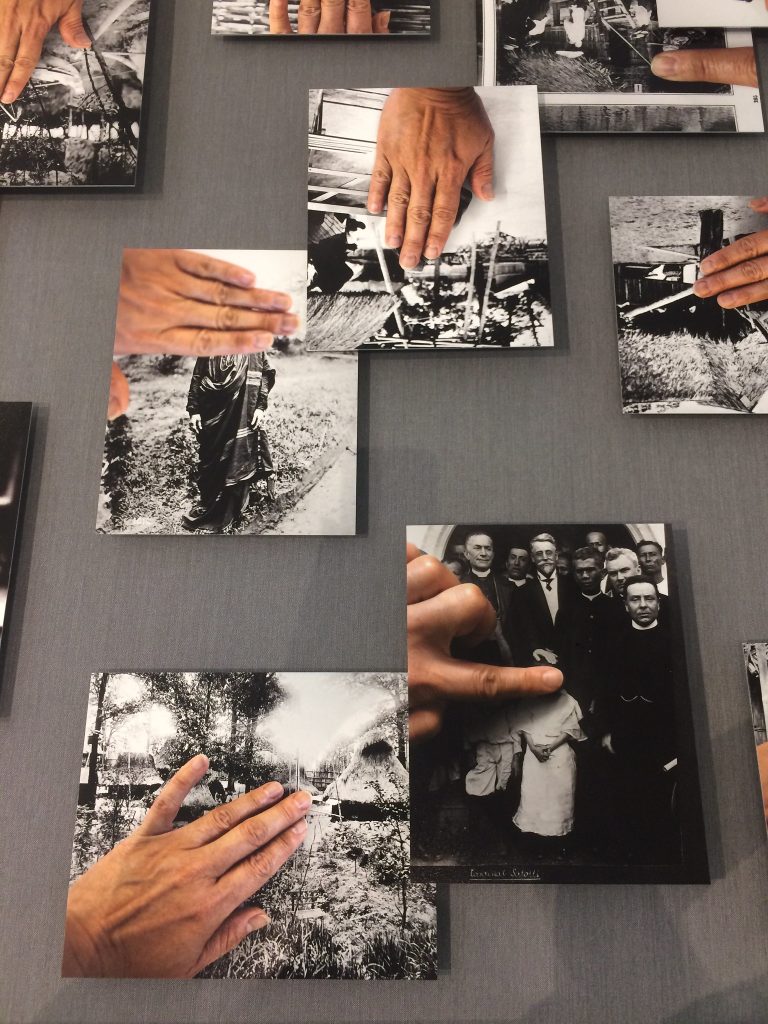Fall 2020 // Week 7 Discussion by Khokhoi

Tina Campt’s “Quiet Soundings” elegantly evokes the sonic registers that remain in the excess of archive. From a media archaeological lens, Campt’s text provides an aural methodology to photographic archives. Less is a concern for sensual & material pedagogy, and more an engagement with historical ‘noise’ registered into affective sound. While previous readings in class often drew linkages across temporal dimensions (in an argument against techno-determinism), Campt intelligently moves across situated space-time in a state of “diaspora refusal, fugitively and futurity.”
By what she calls “attending to frequencies,” Campt attunes to “connections resonant” in the photographic portrait archives from Gulu Real Art Studio (Uganda), Ernest Dyche Collection (Balsall Heath, UK) & Janet Mendelsohn’s “Varna Road” (Birmingham, UK). I had the honor to take a class with Tina Campt in undergrad, and in reading her text, I am reminded of her voice speaking to the work of “dwelling in diaspora” – how that navigational lens illuminates intimacies that often get stuck in the language of borders. As someone who consciously (& not so fluently as I wish) moves between worlds in diaspora, I hold on to that truth of stillness dwelling dearly.
Following these routes of sound reminded me of The Otolith Group’s Hydra Decapita (Links to an external site.), using the imagined world created by Drexciya (Links to an external site.) (an electronic collective creating music of underwater kingdom of transatlantic slaves thrown off board). Campt’s introductory invocation of a black futurist feminist tense of ‘that which will have had to happen’ echoes another text I am dwelling in. Alexis Pauline Gumb’s M Archive: After the End of the World (Links to an external site.) is a “a series of poetic artifacts that speculatively documents the persistence of Black life following a worldwide cataclysm” – literally imagining how the future will have had read the archive that remains.
Attuning to the “unsayable truths at lower frequencies of photography,” I am also reminded of an artist in Philippine diaspora Stephanie Syjuco (Links to an external site.)whose practice of deconstructing archival images re-weaves it in wider webs of belonging. In a sensual gesture of reclaiming agency to anonymous photographed subjects in colonial archives & distorting the narratives of empire, “Block Out the Sun” (Links to an external site.) reveals even more layers beneath the black-and-white archival photographs.
Pooja Rangan’s “In Praise of the Poor Voice” acknowledges the way that the voice becomes standardized through Western-dominated global media, and how this suppression of “itinerant” voices creates an “auditory poverty.” As Rangan writes, “the cinematic protocols of linguistic realism… reinforce a class hierarchy” that assumes legibility as mobility. The way that Hito Stereyl’s “Poor Images” circulate at low-res to access high-def, so too does the Global South accommodates its textural tongue to Euro-American Global North standards of legibility in order to be heard. Pangan’s text reminded me of Pedro Oliveira’s “On the Apparently Meaningless Texture of Noise,” which is a “sound essay that examines accent recognition software in asylum procedures, and challenges narratives of care around it.” (Links to an external site.)This condition of aural poverty creates a class hierarchy and determines who is allowed to move between borders.
In early days of dance app Tiktok, the algorithm wasn’t so set to one’s own location, and I remember being so amused by watching & hearing accents from all over the world – dancing carpenters in Nepal, gardening grandmas in Vietnam, skipping schoolkids in Japan, etc. Nowadays, even watching my cousin’s “For Your Page” (tiktok feed) here in the Philippines, it’s mostly dominated by American content-creators. The trends started in the US then become the trends mimicked & replayed worldwide. It’s not just the loss of a voice when we lose access to representation of plural voices, it’s the dearth of diverse embodied experiences that would better situate us in our multiplicity of mediated environments.




